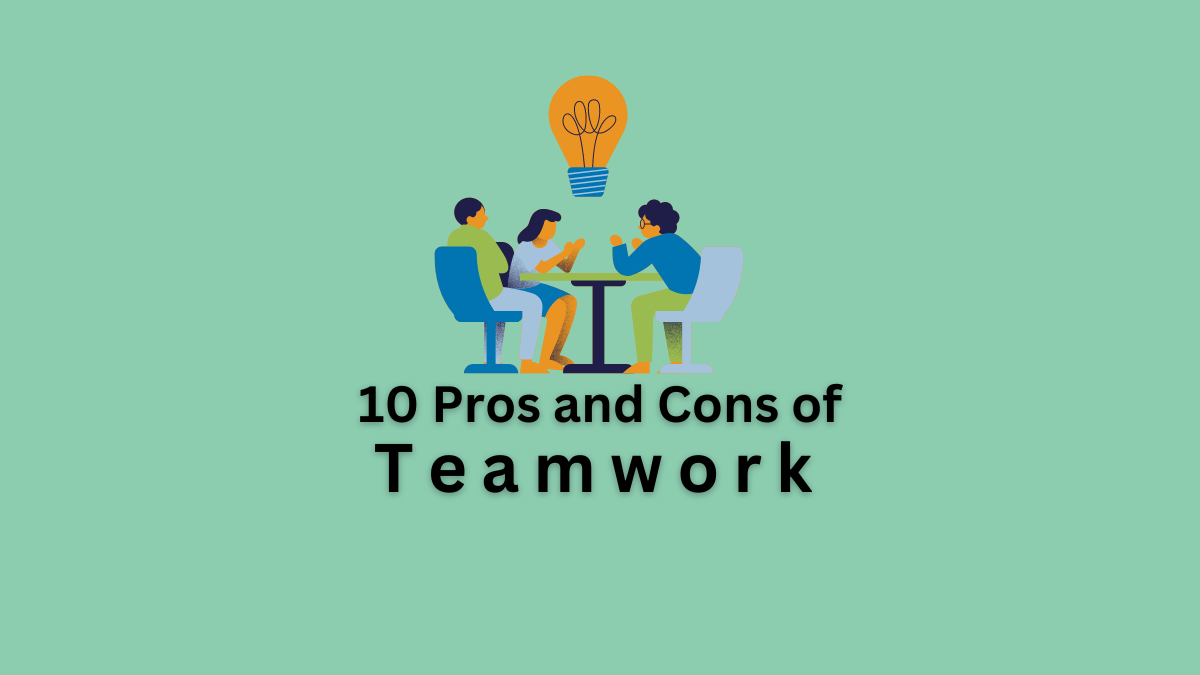What is Teamwork?
Teamwork refers to the collective efforts of a group of people who work together to achieve a common goal. It involves sharing tasks, collaborating on ideas, and supporting one another to produce outcomes that benefit the group as a whole.
Effective teamwork capitalizes on the diverse skills, experiences, and perspectives of its members, fostering a dynamic environment where innovative solutions and efficient processes can flourish.
How Does Teamwork Work in Business?
In a business context, teamwork is essential for driving projects, solving problems, and achieving strategic objectives. Here’s how teamwork typically functions within an organization:
- Task Allocation: Tasks are distributed based on individual strengths and expertise. This ensures that each team member is responsible for areas where they are most skilled, which enhances overall efficiency and productivity.
- Collaboration: Team members collaborate by sharing ideas, providing feedback, and working jointly on tasks. This collaboration helps to generate creative solutions and improve decision-making.
- Communication: Effective communication is crucial in teamwork. Teams must establish clear channels for sharing information and coordinating efforts. Regular meetings and updates help keep everyone aligned and informed.
- Support and Motivation: Teams offer mutual support, which can be motivating. Members encourage each other, celebrate successes, and work together to overcome challenges.
- Problem-Solving: Teams leverage diverse perspectives to tackle complex problems. This collective problem-solving approach often leads to more effective and innovative solutions than those generated by individuals working alone.
Five Main Pros of Teamwork
Here are the five main advantages of teamwork in business:
Enhanced Productivity
Teamwork can significantly boost productivity. When tasks are divided according to each member’s expertise, work gets done more efficiently.
By focusing on their strengths, team members avoid duplicating efforts and streamline processes. This division of labor allows the team to accomplish more in less time.
Innovative Solutions
Combining diverse perspectives fosters creativity. Teams generate a wider range of ideas and approaches, leading to more innovative solutions. This collaborative brainstorming often results in breakthroughs that might not be achieved in isolation.
Read More: Pros and Cons of Informal Organization
Increased Motivation
Working as part of a team can enhance motivation. Members support and encourage each other, which can lead to higher morale and a stronger commitment to achieving goals. The shared responsibility and celebration of successes also contribute to a more motivated and engaged team.
Skill Development
Teamwork provides opportunities for skill development and learning. Team members can learn from one another, share knowledge, and develop new skills. This environment of continuous learning helps individuals grow both professionally and personally.
Effective Problem-Solving
Teams are often better equipped to handle complex problems. By pooling their knowledge and skills, team members can tackle challenges from multiple angles, leading to more effective and comprehensive solutions.
Read More: Pros and Cons of Group Work
Five Main Cons of Teamwork
While effective in many ways, teamwork also has some drawbacks. Below are the five main disadvantages of team working in the organization.
Potential for Conflict
Differences in opinions, work styles, and personalities can lead to conflicts. These disagreements can hinder progress and affect team dynamics. Effective conflict resolution strategies and good communication are essential to managing and overcoming these issues.
Ambiguity in Responsibilities
In larger teams, roles and responsibilities can become unclear. When team members are unsure of their specific duties, it can lead to confusion and inefficiencies. Clear role definitions and regular updates can help mitigate this issue.
Risk of Social Loafing
Social loafing occurs when some team members contribute less effort, relying on others to carry the load. This can lead to reduced overall performance and dissatisfaction among more dedicated team members. Setting clear expectations and monitoring contributions can help address this problem.
Read More: Pros and Cons of Functional Organization
Time-Consuming Coordination
Coordinating efforts among team members can be time-consuming. Meetings, updates, and communication take time away from actual work. Efficient coordination processes and tools, such as project management software, can help streamline these activities.
Unequal Participation
Not all team members may participate equally, leading to imbalances in workload and contributions. This can cause frustration and reduce the effectiveness of the team. Ensuring that everyone has a role and is held accountable can help address this issue.
When Teamwork is Effective?
Teamwork is most effective under certain conditions:
- Clear Objectives: Teams work best when there is a clear and shared understanding of the goals and objectives. This clarity helps align efforts and ensures that everyone is working towards the same end.
- Defined Roles: Clearly defined roles and responsibilities help prevent confusion and ensure that all tasks are covered. Each member should understand their specific duties and how they contribute to the team’s success.
- Strong Communication: Effective communication is crucial for successful teamwork. Regular updates, feedback, and open dialogue help keep everyone informed and engaged.
- Mutual Trust and Respect: Trust and respect among team members foster a positive working environment. When team members trust each other and value each other’s contributions, collaboration is more effective.
- Supportive Leadership: Effective leadership supports teamwork by providing guidance, resolving conflicts, and ensuring that the team has the resources and support it needs to succeed.
Read Next: Pros and Cons of Time Departmentalization
